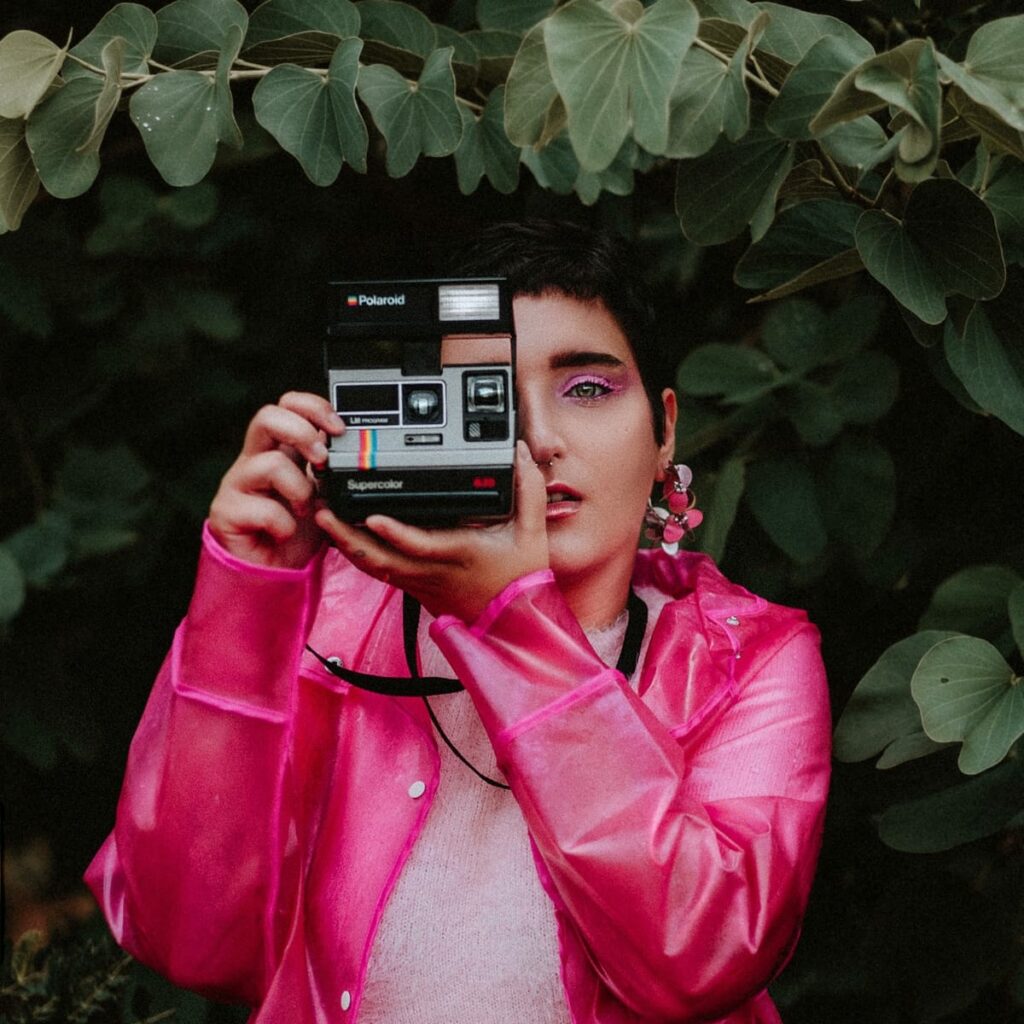I couldn’t help but fall in love with these guys, their genuine and contagious passion is simply inspiring. Their love for adventure and the Irish countryside is as authentic as it gets, and it’s something that instantly resonated with me. So, here I am, having a chat with these guys, wonderful members of this amazing group of friends. Let’s dive into their world and discover what makes The BOAT Club so special.
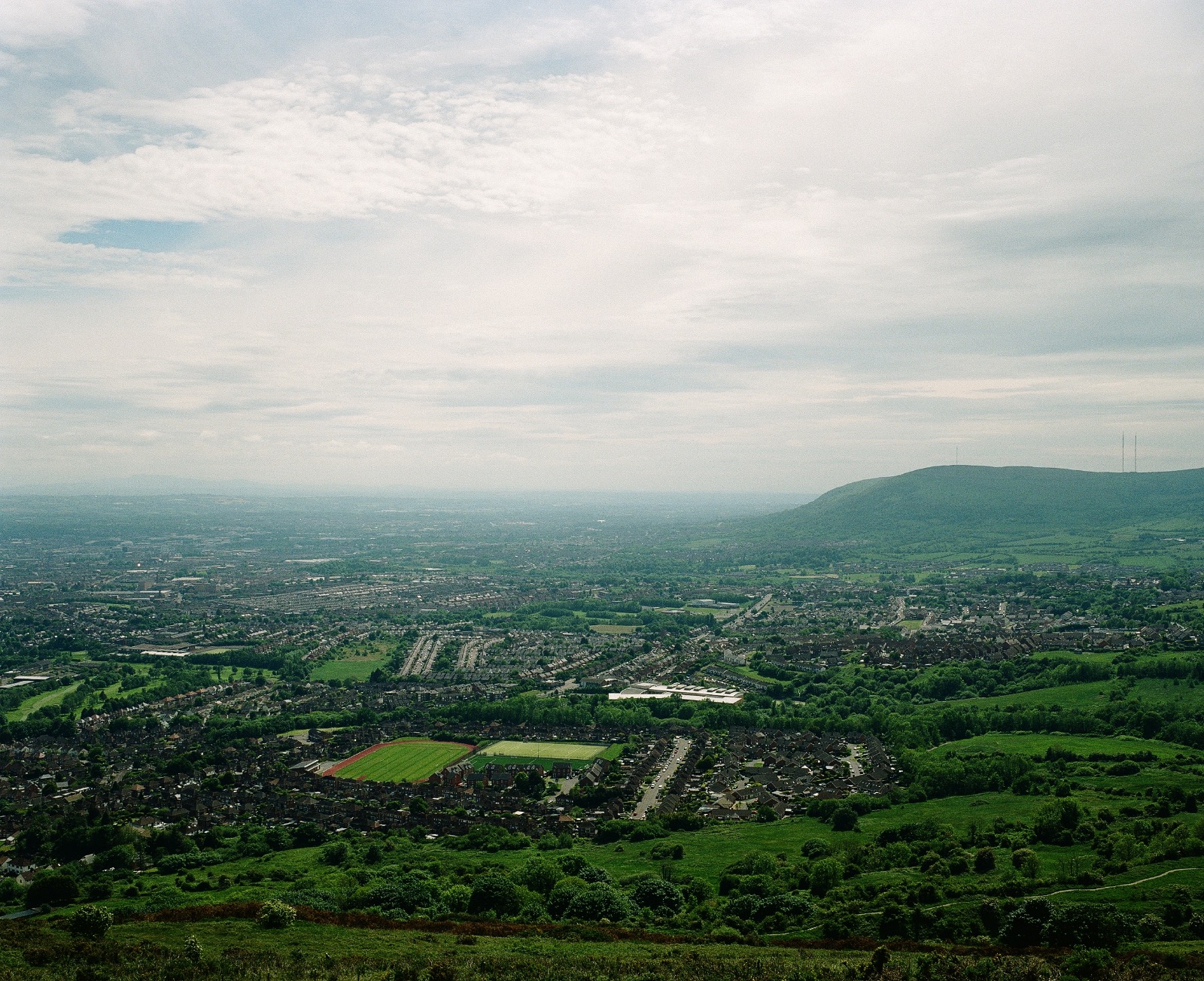
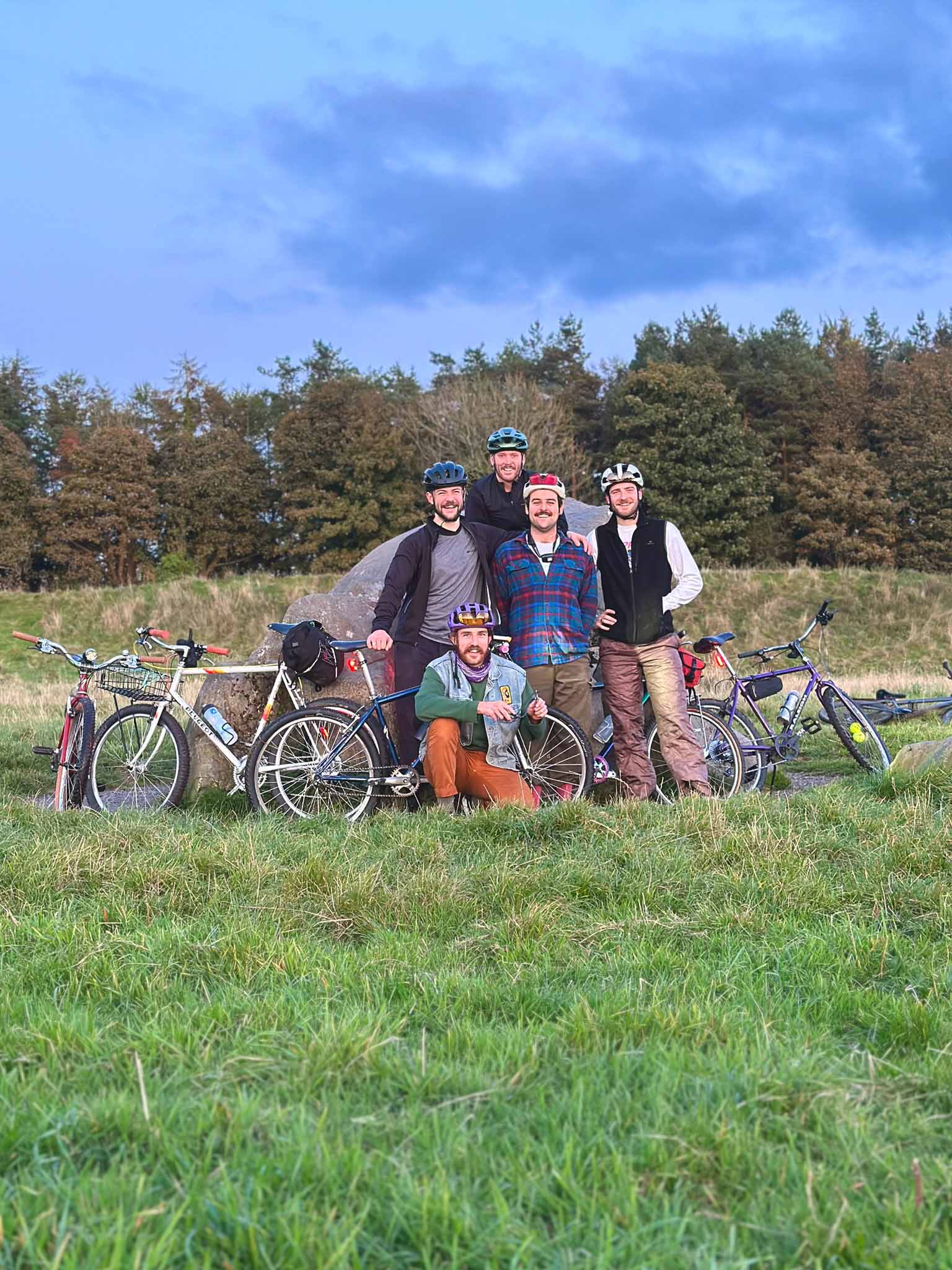
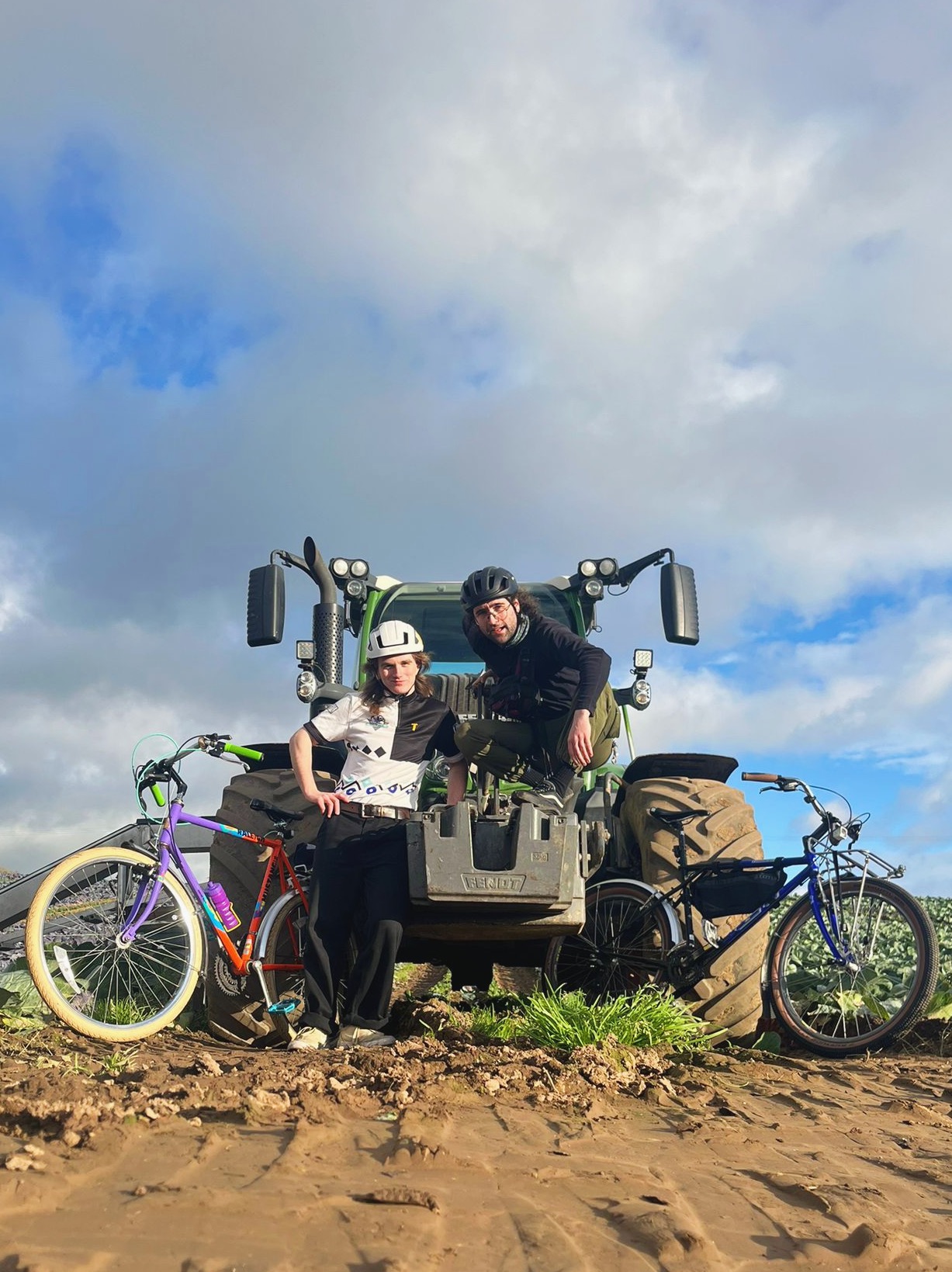
Hey Jacob, great to have you here! To kick things off, why don’t you tell us a bit about yourselves? Who are The BOAT Club, and what’s the story behind this awesome group?
Alright, how’s it going? We’re the BOAT Club, short for Belfast Off-Road All Terrain Club, a bunch of friends brought together by our shared love for ATB’s, bikepacking, tinkering with bikes and generally just being involved with the alternative cycling scene.
Jacob: I first got into cycling as a way to get around, when I moved from my hometown of Brighton to London, a bike made the most sense to get around the city. I decided on a surly steamroller, after a very late introduction to fixed gear cycling (This was the tracklocross era). It was the first bike I built from the frame up, I learnt a lot along the way of picking parts and eventually building the thing. After all the time I spent on it I ended up with a connection to the bike and it really started my obsession with bikes!
We are a group of mates mostly from Belfast and one from Brighton and each of us brings something unique to the mix. (A non-exhaustive list) Ben, the guy holding it down for Belfast’s fixed gear scene. Then there’s Ciaran, who seems to be on a personal mission to own every unloved, second hand bike in Northern Ireland. You’ve got Michael, our downhill and enduro veteran and Cameron who has a knack for turning every bike he builds into a work of art.
We’ve all been cycling in one way or another for as long as we can remember. For us cycling is a countercultural exercise, being disenchanted with the majority of the mainstream cycling industry. Not putting rules into the mix when it comes to how we build our bikes or the way we ride them. It’s all about having fun, being free, just you and your bike and a stellar group of mates.
Who are some of the members behind Boat Club? Could you tell us their names, ages, and what they do outside of cycling?
Writing down all the names, I can’t quite believe how many great people the club has! And in such a short span of time, making some real life long friends.
In no particular order (Ages vary from 25-30)
Conor Barbour – Master of French Bicycles 😝
Micheal Rea – Jib king 🤲
Ciaran Bermingham – N + 1 ( N being free bikes off of Facebook Marketplace )
Ben Bryson – Fixed Gear Guru
Leo Hunter – DJ Rockhopper
Cameron McBride – Snakeskin Loafers on the commute… Say no more
Jacob Hance Reynolds – All bikes all the time
Oisin Hughes – Has to put up with Ciaran’s acquisitions…
Rhys Mayes – Recent convert to the 26” lifestyle
James Corscadden – Pulling through on the retro classics
Michael Dwyer – Michael on a Bikael local legend
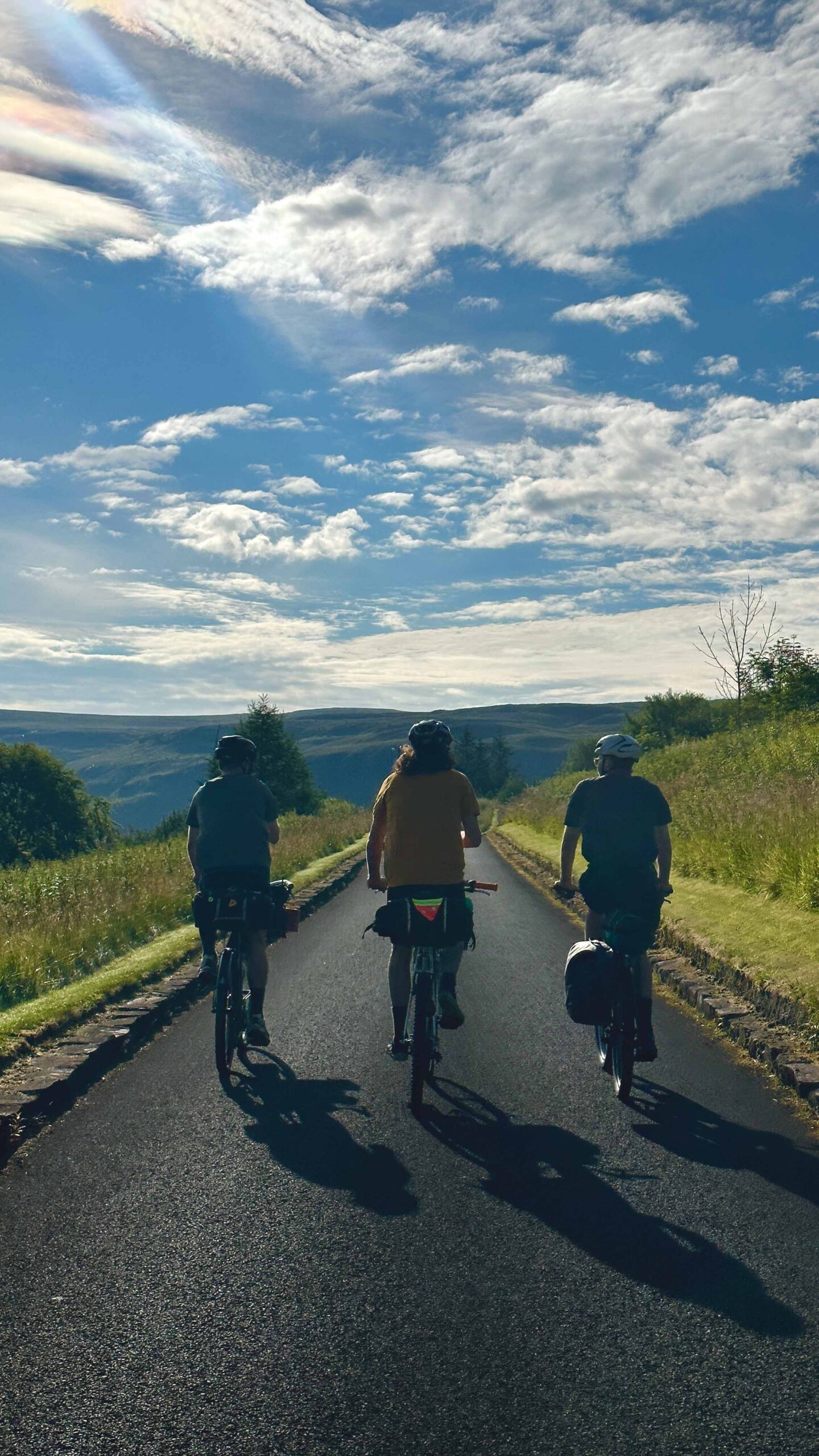
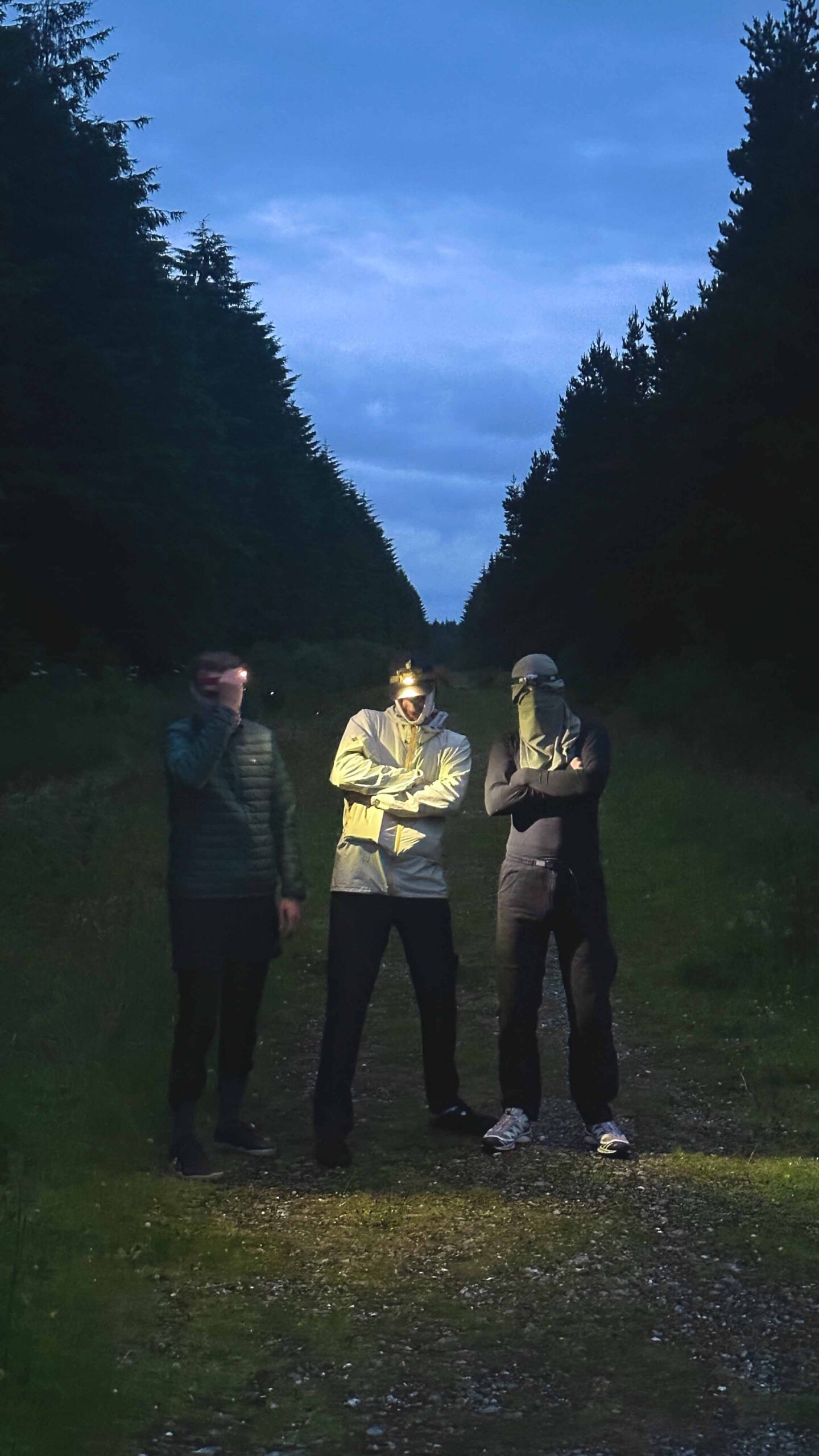
How and when did the idea of Boat Club come to life?
Jacob: I moved to Belfast from London in 2022 and went from having a solid network of people in the cycling scene, to not really knowing anyone. I had been an avid LFGSS(London Fixed Gear Single-Speed) poster, deep into the forum lore, going on group rides and purchasing more than a few parts on a weekly basis and I wanted to create something like this in Belfast, a community of people all just as passionate about bikes as they are the culture around them.
By this stage I was already deep into building 26” ATBs and eating up every post from Stridsland Journal, GenoSack and Save The Rat Bike. The first real 26er I built was my 1995 Specialized Rockhopper, a rolling experiment in tinkering. I’ve lost count of the number of iterations that bike has gone through, starting out dressed in Paul Components, Thomson, and Nitto, currently sitting as a pile of parts in my workshop (the cupboard under my stairs) awaiting a rear IS tab to be welded. Rumour has it that Michael Rea may be starting up his own Disc Tab Welding operation in Belfast soon so keep your eyes out for that.
Forums and Instagram offered a kind of virtual camaraderie for those first few months in Belfast, but there’s only so much connection you can find behind a screen. Then one day on a chance visit to the Belfast Bicycle Workshop to get a crown race fitted to the ridiculously long steerer on my Stridsland Barnacle fork, I met Michael Dwyer. He’s a walking atlas of cycling routes in the North of Ireland and the history that goes along with them. Spending the rest of the afternoon, long after the crown race was set, dissecting the best Belfast skate videos of the late ‘90s and the most scenic roads to ride. It reminded me of the community that the London scene had and it ignited an idea in my head, that maybe instead of waiting around, I should actively try to participate in the community that I was missing.
Was there a particular moment or motivation that led you to start it?
Jacob: Me and Michael Rea were working together at the time and had been floating the idea of starting an instagram account. We wanted to start something as a way to document rides and share our passion for old bikes, and maybe find more people out there.
I met Ciaran at The Sunflower (the club watering hole) over a year ago now, and despite being quite drunk, I remembered Ciaran mentioning to me that he owned a Surly Long Haul Trucker, so reached out to him to see if he wanted to join. Before I knew it, there were 10+ folks just as obsessed as I was! We weren’t just riding bikes together—we were swapping parts, trading stories, and diving headfirst into the world of alternative cycling. Watching this club grow from a personal passion into a tight-knit group of mates has been class to experience.
The name BOAT CLUB started as a bit of a joke, we thought “wouldn’t it be so funny if we called a cycling club THE BOAT CLUB?” I mean it’s actually more confusing than funny but anyway, the name stuck! We worked backwards from there and the Belfast Off-Road All Terrain Club was born!
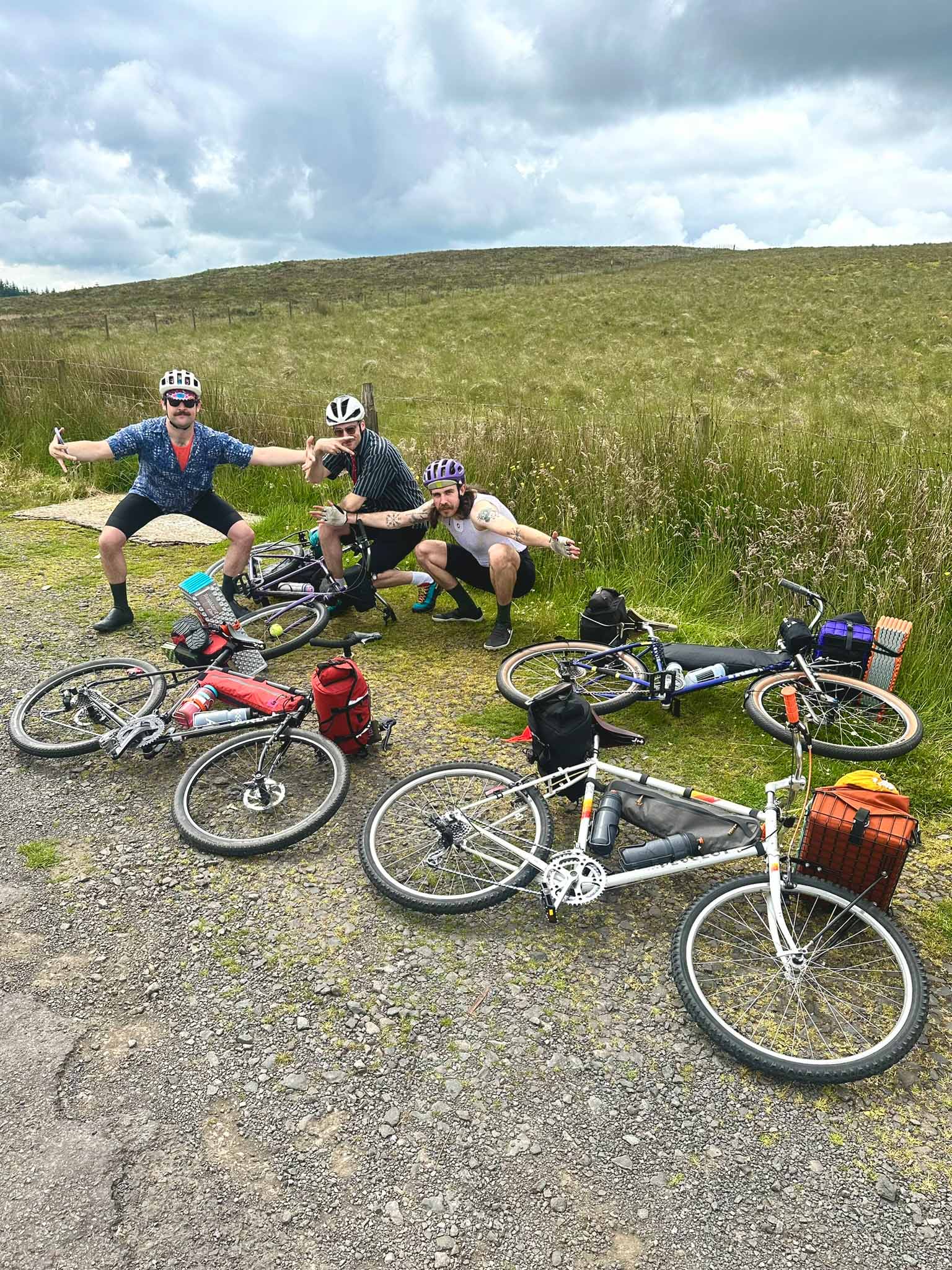
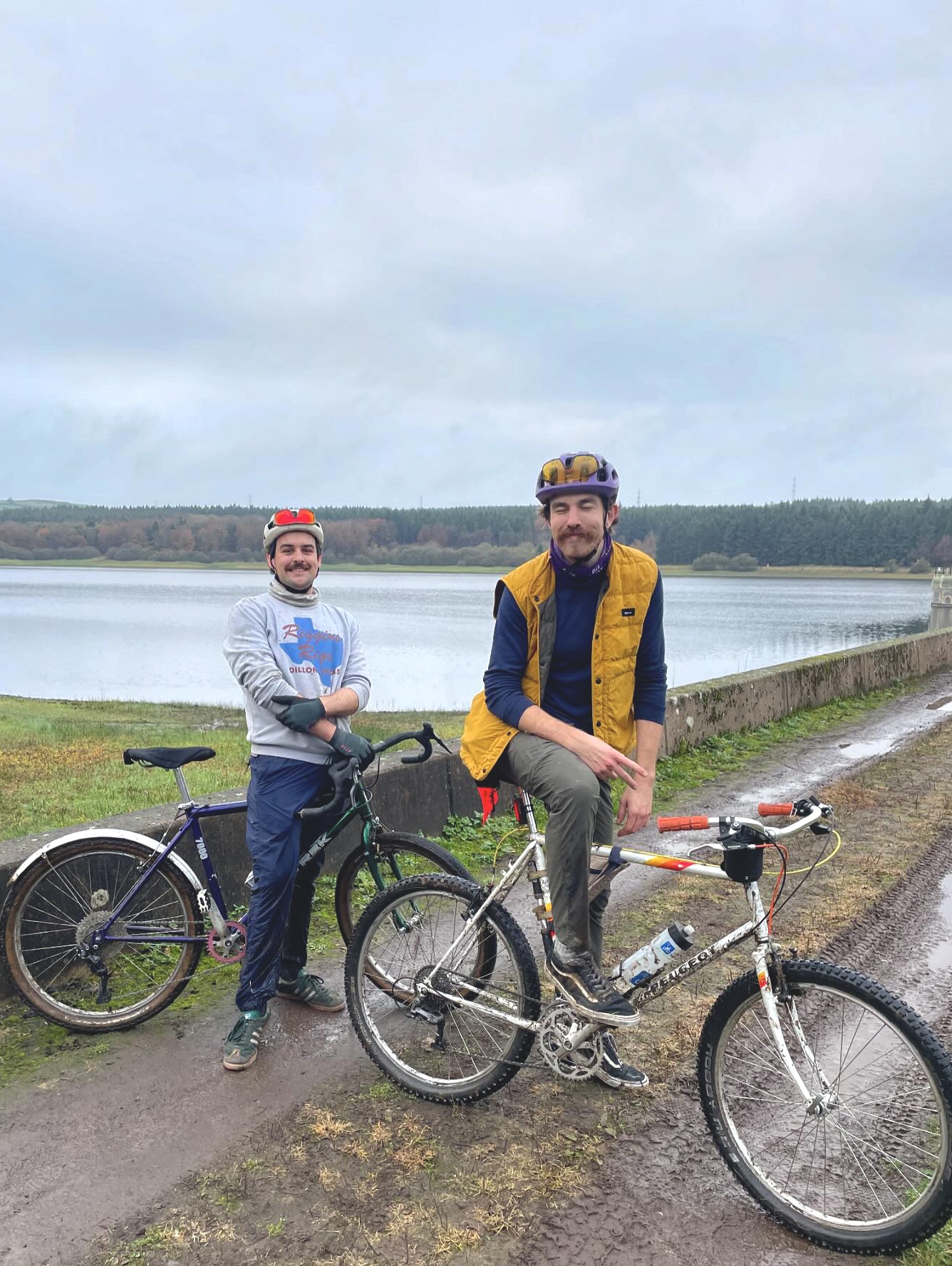
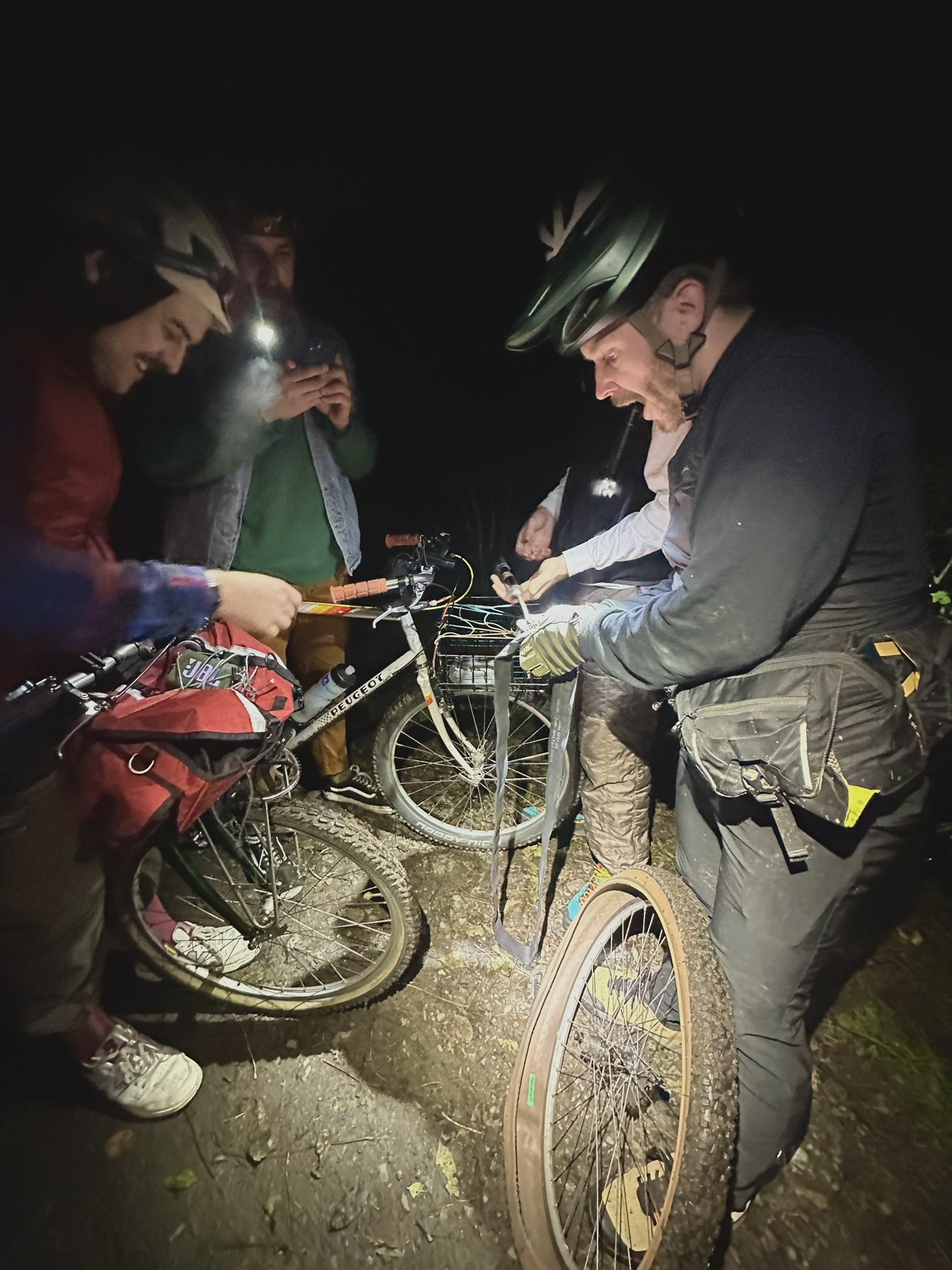
"These bikes are so much more than just bikes, they’re projects we pour ourselves into and vehicles for unforgettable adventures."
Among the many inspirations for your project, did you draw ideas from my Save The Rat Bike channel? How did seeing old frames reimagined in a modern way influence you?
Jacob: I’m pretty sure the first time I came across your page was like 3 or 4 years ago. Back then, I was just dipping my toes into the whole alternative bike scene and loved the page. What’s with these wild bikes? do they get ridden, or is this just some kind of rolling art gallery? The longer I’ve followed your page and the bikes you showcase, the more it clicked for me. People build these bikes because it’s fun, The aesthetics of vintage frames paired with a mix of parts bin, boutique and modern upgrades *chef’s kiss*, but the bikes you share tell their own stories through every piece bolted onto them.
Do you think Boat Club could also become a source of inspiration for others? What do you hope people take away from what you’re doing?
Jacob: To even inspire one person to dust off that old bike hiding in the shed, or ask around and see if their mates fancy getting out on the bikes. The whole point is that cycling doesn’t have to be some fancy, exclusive thing. There’s zero pressure. To keep it short our main take away would be, that it’s just about getting on your bike and having a good time, plain and simple. It doesn’t matter whether it’s one mile or a multi-day bikepacking trip, just being on your bike, getting out and having fun.
Tell me a bit about Belfast. What’s it like to ride bikes there? Is the city bike-friendly?
Ben: Riding bikes in Belfast has its challenges. The infrastructure isn’t great across the board, and the drivers can get a bit rowdy at times. However, there are moments that make it all worthwhile. People of all kinds persist in cycling in the city, and from that, a real sense of community has emerged. From what I’ve seen, especially in the last few years, that sense of community seems to be growing.
Critical Mass lies at the heart of this growth, bolstering it significantly over the past year. It’s also become a great monthly night out for our little club. All in all, cycling in Belfast could use improvements in certain areas, but we have some good routes, beautiful places just outside the city to ride to, and great company to ride there with.
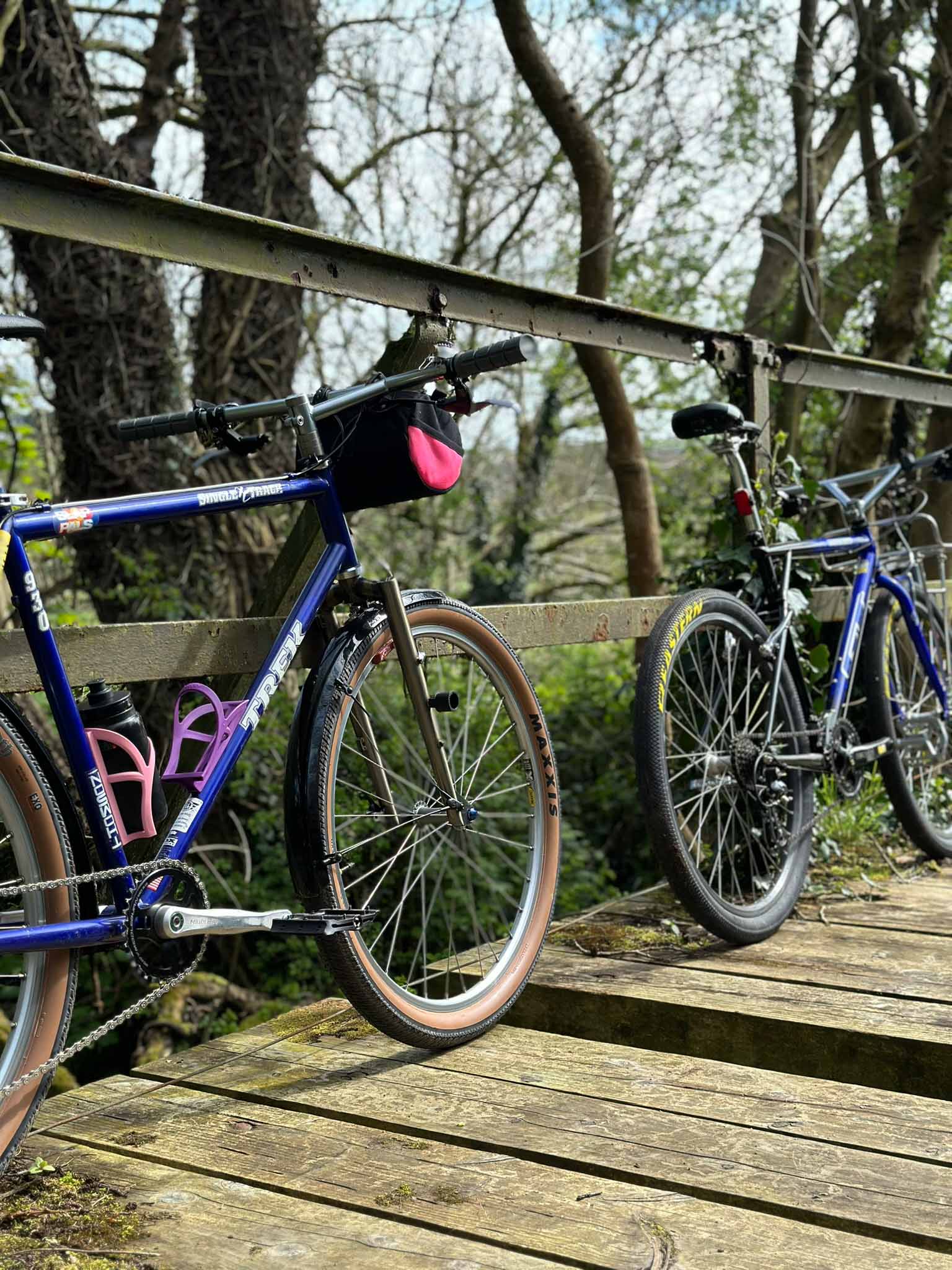

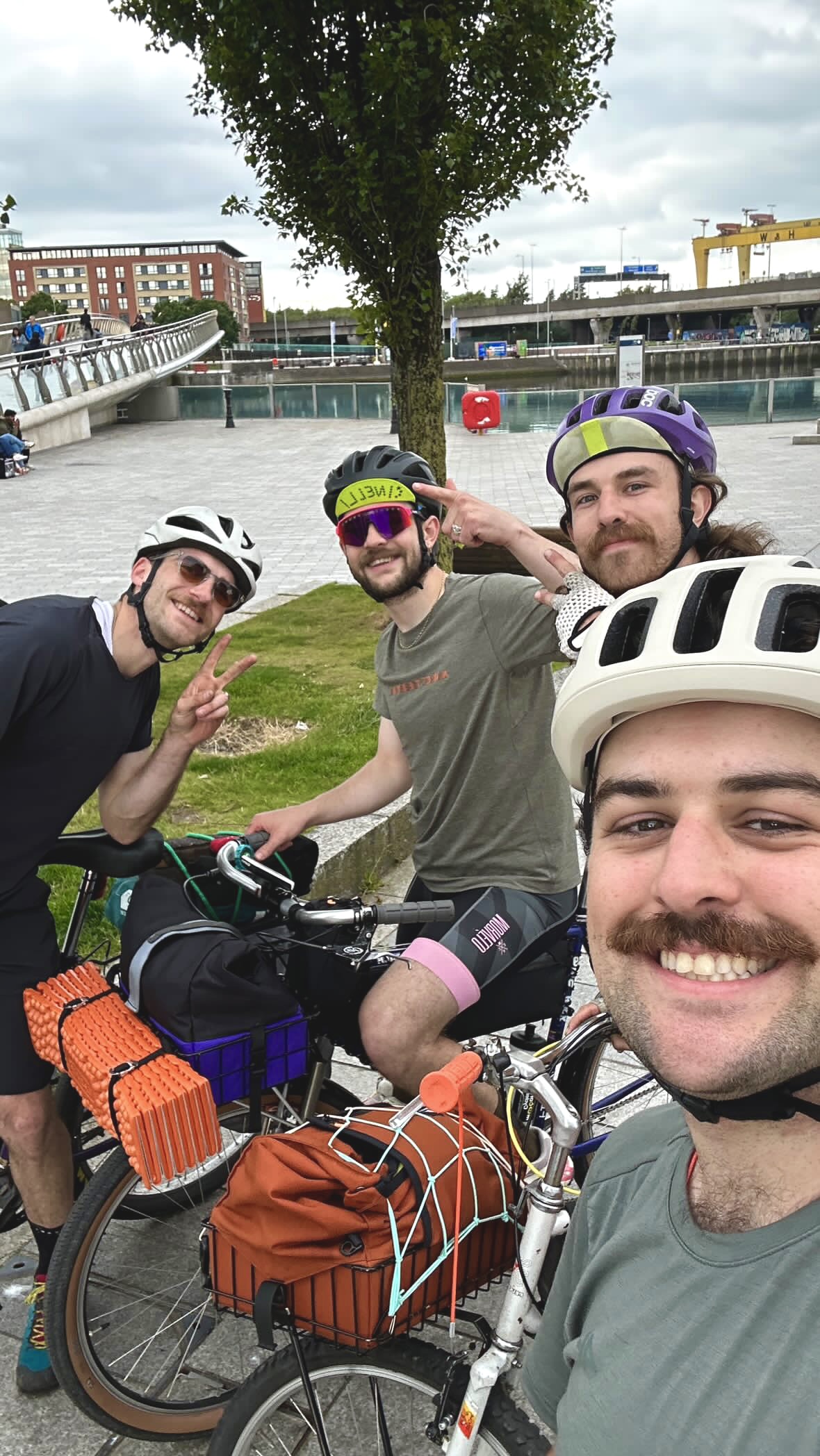
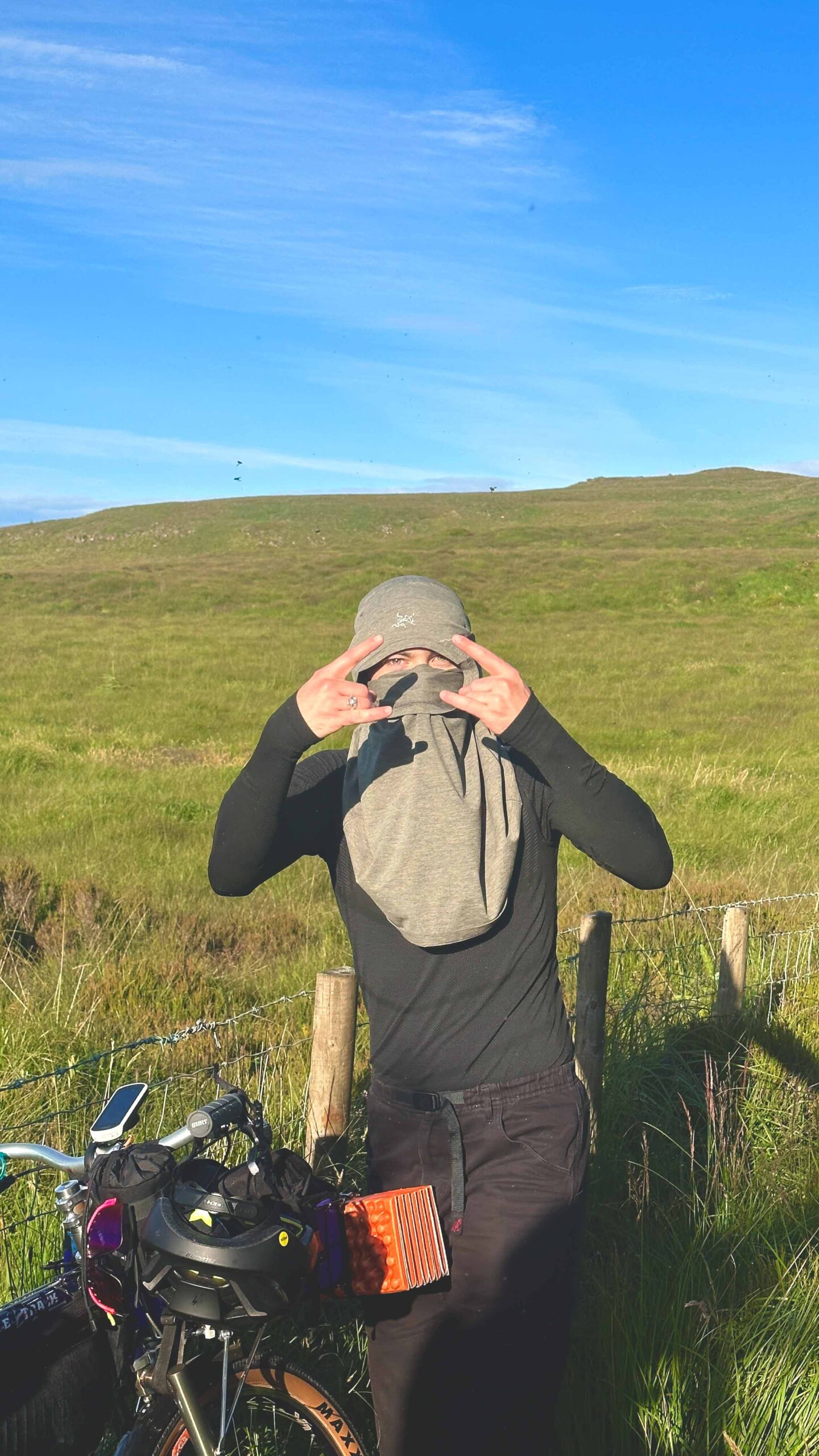
Do you have favorite routes or places you’d recommend to someone exploring Belfast and its surroundings on two wheels?
Michael Rea: Belfast itself can be quite built-up and congested with traffic. With a few exceptions around the city, such as Ormeau Park, I’d recommend exploring the variety of cycle paths that lead toward the city’s surroundings.
Most of our rides as a club involve the Comber Greenway as a starting or ending point, and the coastal paths along the north and south sides of Belfast Lough offer some lovely views. Heading inland, you’ll find the Lagan Valley, a beautiful area with a couple of mountain bike trails at Barnett’s Demesne.
If you’re really looking for a challenge, you can tackle the Belfast Hills to the north of the city. The incredible views in all directions will more than reward you for the climb.
One of the most striking aspects of your videos is how they convey pure fun and adventure with MTB old school. What do these 26-inch bikes mean to you?
Jacob: For us, the bikes we ride are so much more than just bikes. They’re these ongoing projects we pour ourselves into—months of work, countless messages back and forth, hunting down eBay listings, digging through parts bins, or grabbing something off of a forum.
They take us on weekend adventures to places we’ve never explored. And when we get back, it’s back to tinkering, tweaking, thinking up what’s next and we wouldn’t have it any other way.
Do you think these bikes, often seen as an outdated standard, still have a lot to offer?
Michael Rea: The best thing about these bikes is their lack of monetary value. What was once a competitive racing mountain bike in its prime is now so outdated and worthless, at least within its original design intentions, that it could practically be given away to a good home.
Take it to that good home, swap out the race-oriented cockpit for some more upright and relaxed handlebars, and suddenly, it’s no longer an outdated mountain bike. It’s simply a bike—and a seriously good one at that. It’s not a road bike, a mountain bike, a dirt jump bike, or any other discipline-specific machine that the bicycle industry is keen to sell you today. It’s just a solid, versatile bike that you can ride wherever and however you please. And every now and then, you might sprint up a forest road, feel the rear tire spitting gravel, and think to yourself, “This is a competitive XC racer!”
As for the standards of these bikes, they remain surprisingly relevant. Features like 135/100 QR dropouts, V-brake mounts, HG freehubs, BSA bottom brackets, and conventional cable routing allow for modern upgrades. You can reimagine the bike with newer components on the market, such as narrow-wide chainrings, functional 1x setups, and perhaps even a dropper seatpost, which can truly transform the bike’s capabilities.
How do you think MTB 26-inch bikes can be a great choice for commuting and touring?
Conor: Here’s the thing, you can hop on Facebook Marketplace right now, and with £100, or probably even less, you can score a beautifully crafted steel bike from the ’80s or ’90s. We’re talking a complete bike, often with perfectly serviceable components that are still holding their own decades later. This makes them such versatile options for both commuting and Touring, where the barrier to entry in terms of cost can be such a huge obstacle for most people to actually get involved with the hobby.
These bikes are also ideal for learning how to service and maintain a bike yourself. And that’s a skill that’ll pay off forever. When you’re commuting daily or heading out on tours, things will break, chains will stretch, tires will wear out, and sometimes your bike will just throw a little tantrum for no apparent reason. Knowing how to fix it? That’s priceless.
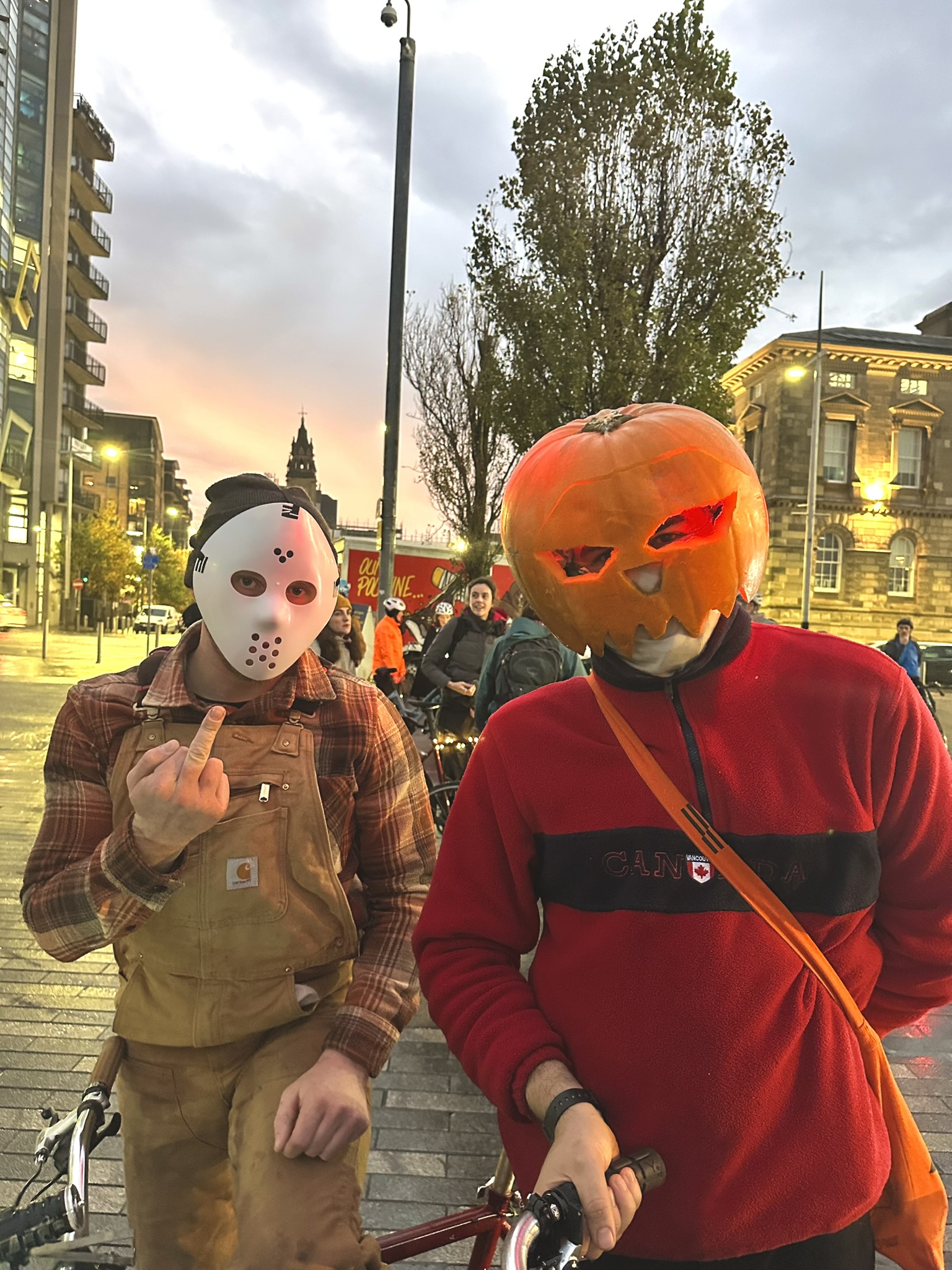

In your opinion, what makes 26-inch MTBs special or unique?
Ciaran: I believe 26-inch MTBs hold a unique and special place in many people’s hearts! One often-overlooked reason is that these bikes are similar to the ones they rode as kids, bringing back that feeling of freedom from your first bike and the joy of exploring. 26’ers are a true jack of all trades—nimble and robust, originally built for early mountain biking but now adaptable to suit any type of riding, and they do it brilliantly! Another reason is their incredible customisability and simplicity to work on yourself. Every 26’er can be made completely unique to its user, whether that’s for rat bikes, touring, or professional-level MTBs—the list goes on! These bikes can truly reflect the passion and personality of their owners.
Michael Rea: One of their most appealing features is their aesthetic design. Horizontal top tubes paired with parallel seat and head tubes create a bike that is effortlessly easy on the eye. The narrow steel tubing contrasts beautifully with chunky tires, and vintage components like five-arm cranks and cantilever brakes have a timeless charm. The geometry provides snappy, responsive handling, yet the frames include plenty of mounting points for racks and guards, adding to their versatility. Mid-90s mountain bikes strike a perfect balance between practicality in form and function.
What does it mean to you to experience sports and adventure through cycling?
Jacob: As someone that’s always loved adventuring, exploring and generally being out in the countryside. I’ve never viewed myself as particularly sporty, maybe because the sports I’ve done I’ve always viewed more as hobbies and put no competitive pressure on; climbing, cycling, skateboarding. So for me cycling is escapism into a world where cnc’d aluminium, steel lugged frames, rim brakes and 26” wheels are the be all and end all. As for adventuring well there’s no better way to get out and explore your surroundings. I moved to Belfast 3 years ago and didn’t really know the city well and without a doubt cycling has helped me settle here. I would never have found all the natural beauty spots, gravel lanes, crests of hills and camping spots if it hadn’t been for cycling.
What’s your best memory or most memorable adventure together as Boat Club?
Cameron: Our first bikepacking trip as a group was definitely a standout moment from the summer. With the sun on our backs and gravel crunching beneath our wheels, we set off on a two-day adventure to Glenariff Forest.
This trip was an eye-opener—not just for how capable these bikes are, but for how breathtakingly beautiful Ireland is. After plenty of climbing, we found ourselves camping in a stunning valley, surrounded by wooded hills and overlooking winding descents that led to an equally beautiful coastline.
But it wasn’t just about the cycling. Sure, we tackled everything from city streets to country roads to gravel paths, but the trip was also packed with hilarious memories between friends. And honestly, what more could you ask for?
Where do you see the future of Boat Club? Are there new projects or ideas you’d like to develop?
Jacob: For now, we’re just sticking with what we’ve been doing—bike checks, videos of our adventures, and just having a good time. Honestly, we’re total fiends when it comes to buying new gear, so brainstorming merch ideas has been a blast. By the time this interview’s out, our first sticker pack should be available (and who knows, maybe it’ll already be sold out 😉).
We’d love to start getting more people involved, maybe organize some bigger group rides and open it up to anyone who wants to join. But honestly, just watching the club grow naturally has been so exciting. It’s been cool to see how it’s evolved, weaving its way through different ideas and directions. We’re just going with the flow, and it’s been a great ride so far.
If you had to send a message to someone getting into MTB old school, what would you say?
Jacob: Do it! Their versatility is exactly why they’ve made such a huge comeback in recent years. There’s so much value in these old bikes that is often overlooked by the majority of the cycling industry on their path for fruitless innovations. They bring so much joy when getting out on them.
There’s also still this incredible community, with forums full of people passionate about vintage MTBs. Forums like Retrobike and LFGSS are absolute goldmines, packed with enthusiasts who get it. As for Instagram, well it’s a treasure trove of accounts. Some of our favorites include Save The Rat Bike/Kole Cycles, Stridsland Journal, BabyLDN, Ride Revive UK, Calling In Sick Mag, The Vandal Metalworks, I could go on all day…
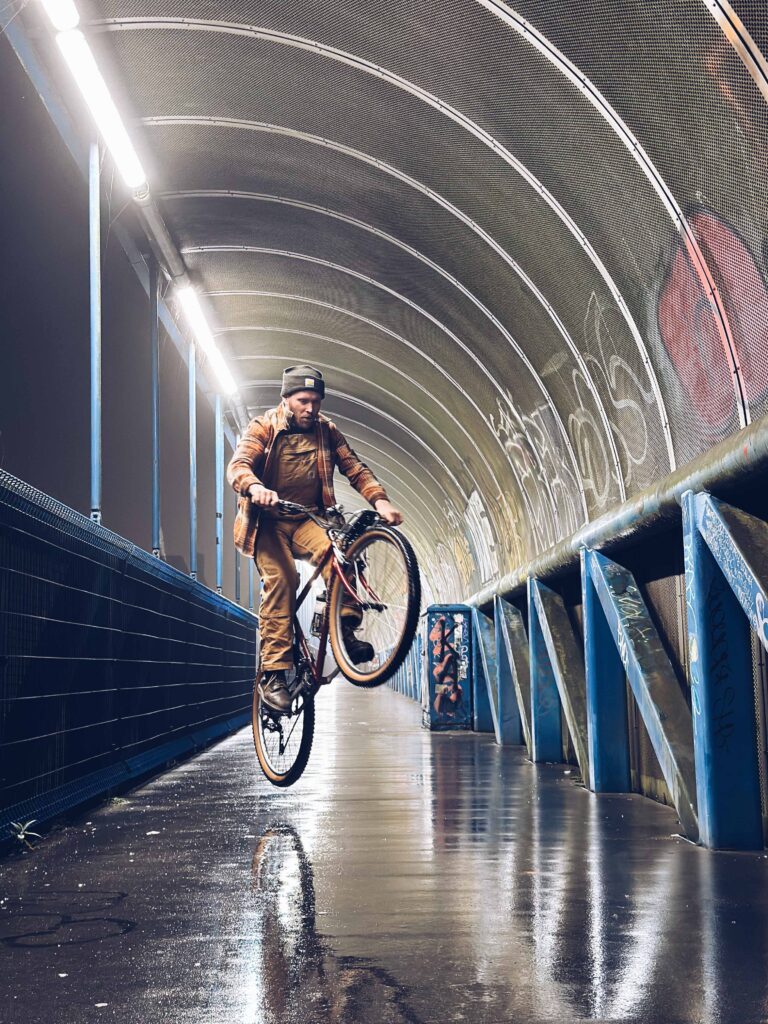
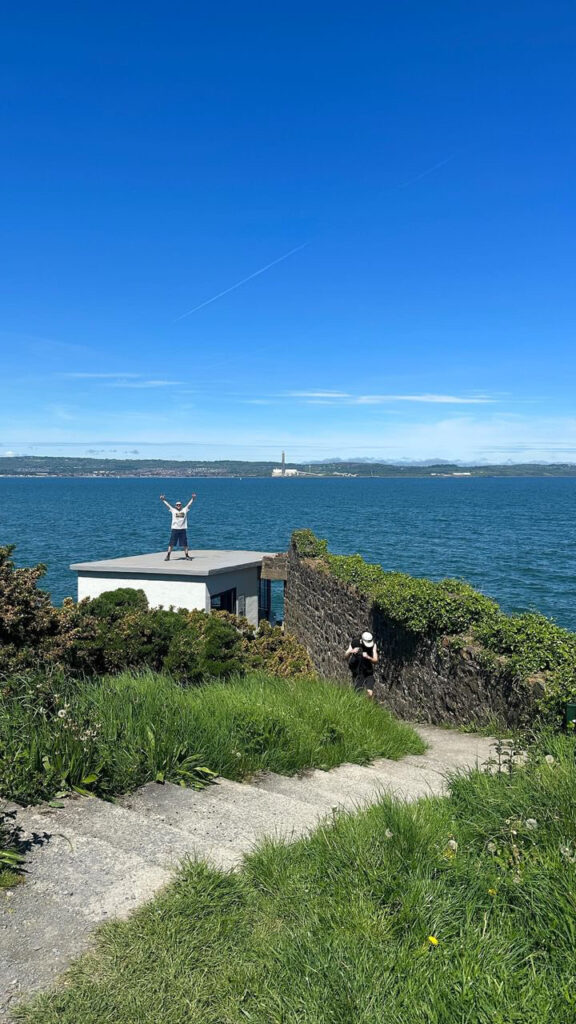
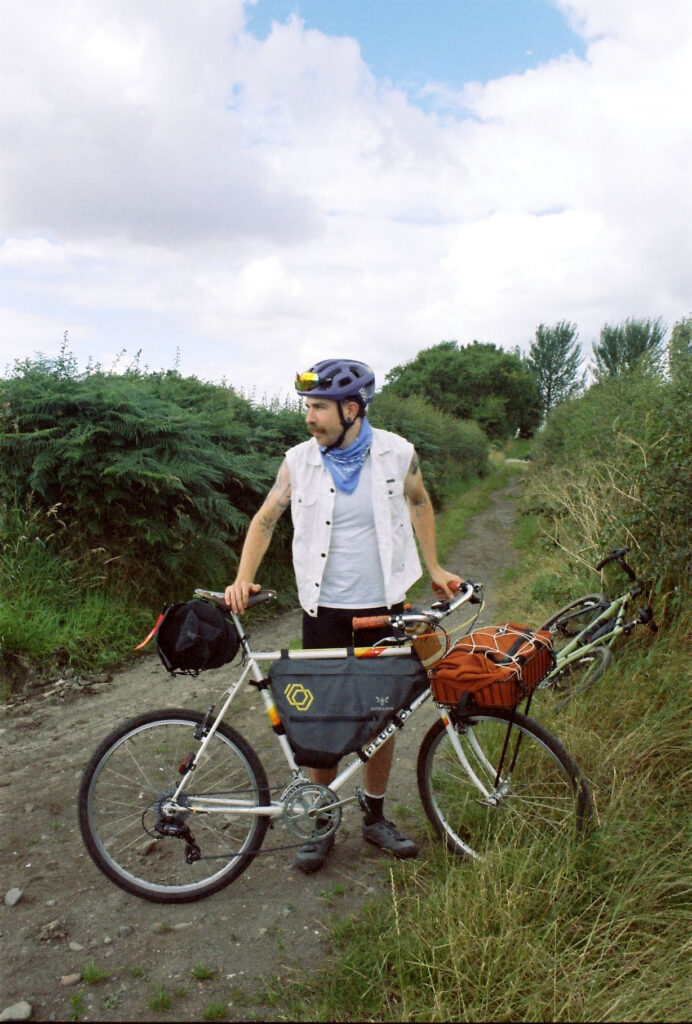
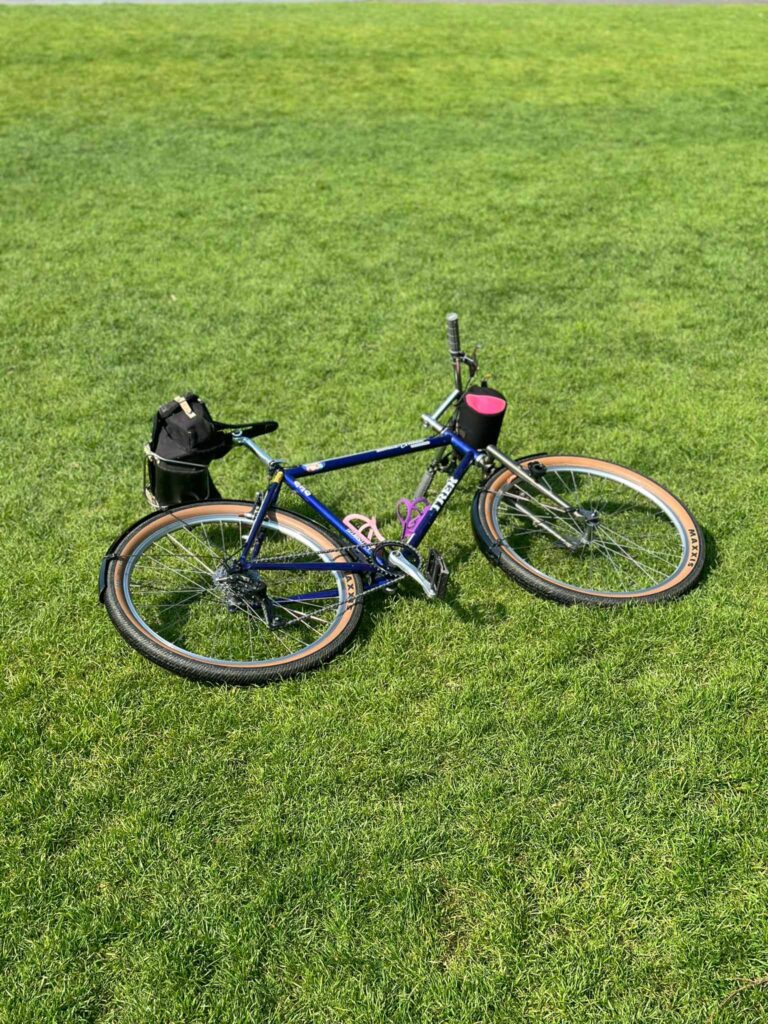
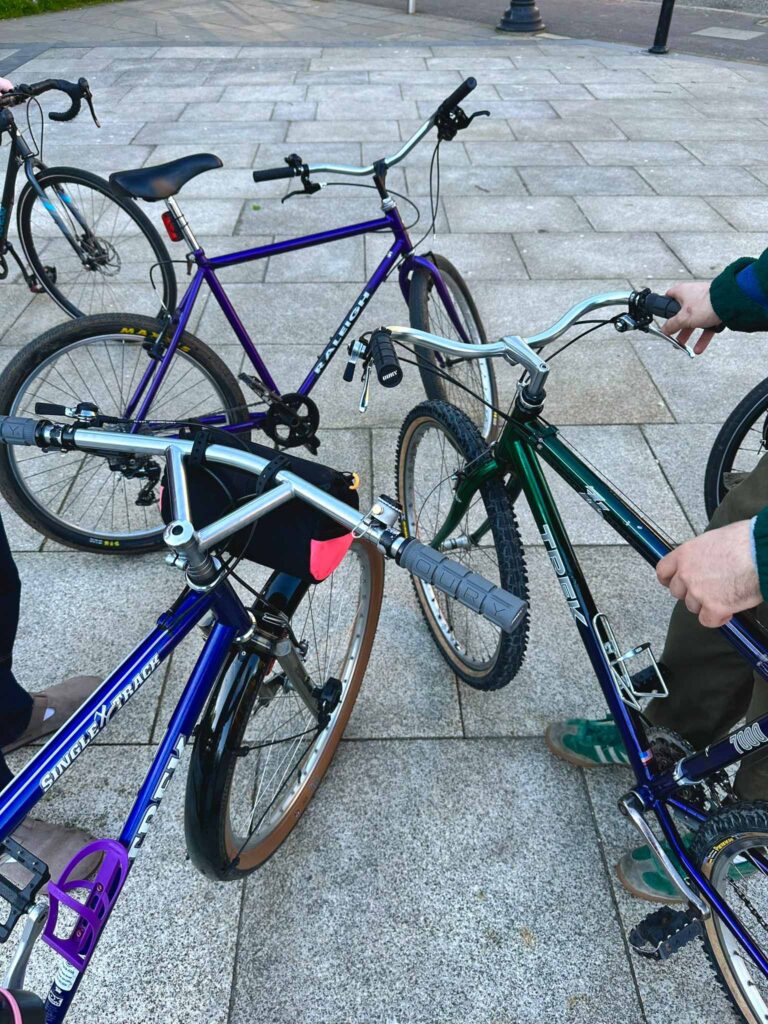
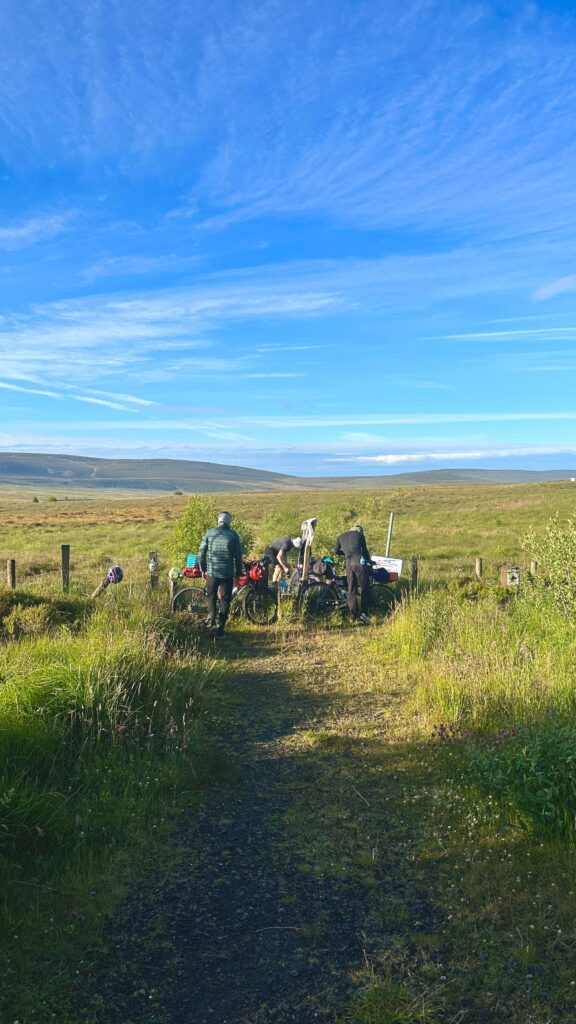

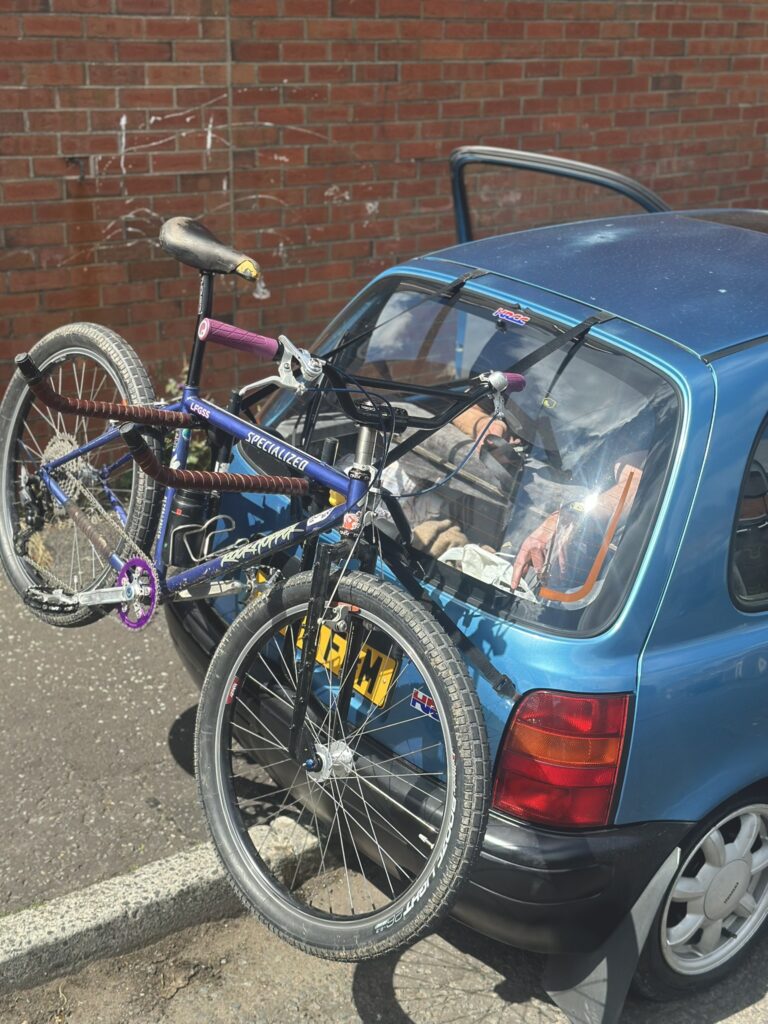
Is there anything else you’d like to share with those reading this interview?
Everyone: Get out there, ride your bike, come home, take it apart, figure out how it all works, throw on some new parts. Call up your mates, plan a group ride, explore your local trails, find new spots to ride. Better yet, grab a tent, strap it to your bike, and head out for a camping trip. It’s all about the ride and the stories you’ll have by the end of it.
love the BOAT CLUB xx

